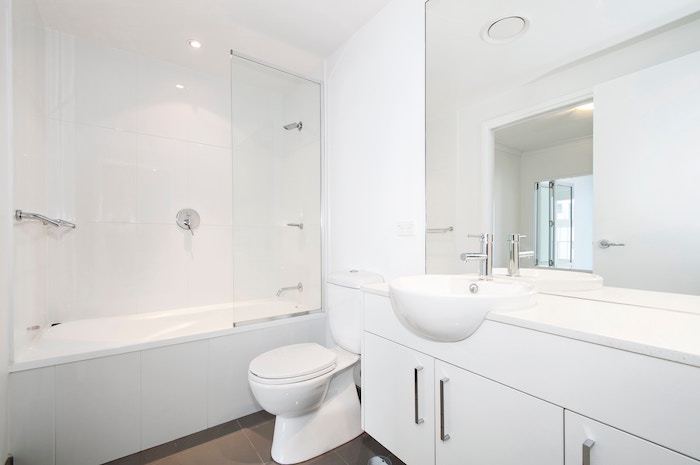No one likes to bring up the dreaded move that many of us fear will face us in the future. What am I referring to? Retirement homes.
No matter how improved and comfortable retirement homes may be, there’s nothing quite like living in a home in which you’ve made memories and crafted to suit your personality and needs.
With this in mind, many of our elderly neighbors are choosing to remain in their family homes rather than move to a retirement facility. To make that work smoothly, however, renovations are needed to adjust for an aging individual’s changing needs.
As the CEO and owner of Roto-Rooter Plumbers of Savannah, I notice different trends when we see an influx of specific requests. Lately, we’ve had more and more of our older customers ask for services such as height adjustments, mobility assistance installations and easier methods of accessibility in bathrooms and kitchens.

If you’re considering selling your home and moving to a retirement community, you might want to think about repairs or renovations that could make your home accessible. Below are 10 home plumbing renovations that will improve the accessibility of different parts of your house and allow you to postpone or avoid moving to a retirement home altogether.
1. Install pressure-balanced valves to provide water at steady temperatures regardless of pressure fluctuations in your kitchen and bathrooms.
2. Install grips around the shower, the toilet and your bed. Strategically located grab bars can prevent life-threatening falls. Slip-prevention flooring can help you feel secure as well.
3. Install hand-held, adjustable height, shower heads with a six-foot hose to direct the water where it’s needed.
4. Add a fold-down seat or bench in the shower. Some come with padded backs for extra comfort. Others will have a structure that extends outside the tub for easy entrance and exit.
5. Keep your spaces wide. Keep entryways, hallways and bathroom spaces clear of obstacles and wide enough for a wheelchair or other assistance device.
6. Install a toilet with the necessary height. Having the toilet at the proper height can make an incredible difference in the comfort and safety of your bathroom. A toilet paper holder designed for one-handed changing might be an added bonus.
7. Depending on your needs, a toilet/bidet combination can significantly improve hygiene.
8. Walk-in tubs and roll-in showers are imperative for those with mobility inhibitors. A roll-in shower is a shower stall that has a curb-less entrance and the door (or opening) is a minimum of 36 inches wide.
9. Consider a wheelchair accessible sink that is hung on the wall to leave space for your knees (or wheelchair) beneath a pipe-covering panel to protect your legs. You can also install lever handle faucets or faucets that are pedal controlled.
10. Install adjustable height (or varying height) counter tops with provisions for roll-under access in front of the sink and main counter top.
Taking advantage of these 10 tips can make your bathrooms wheelchair or simply “aging” accessible. Making these renovations can extend the amount of time you can live safely in your family home.
 Sherry Daniel is the owner and CEO of Roto-Rooter Plumbers of Savannah. Roto-Rooter Plumbers of Savannah is headquartered at 2016 E Broad St, Savannah, GA 31401. The main office line is 912-355-1287 and you may contact Sherry Daniel directly at 912-629-1646. The local website is http://www.rotosavannah.com/
Sherry Daniel is the owner and CEO of Roto-Rooter Plumbers of Savannah. Roto-Rooter Plumbers of Savannah is headquartered at 2016 E Broad St, Savannah, GA 31401. The main office line is 912-355-1287 and you may contact Sherry Daniel directly at 912-629-1646. The local website is http://www.rotosavannah.com/



